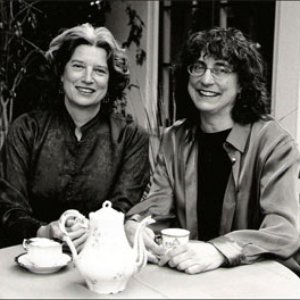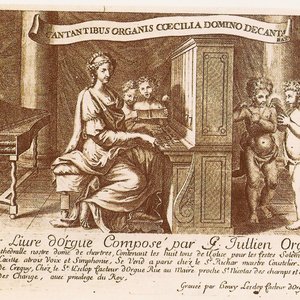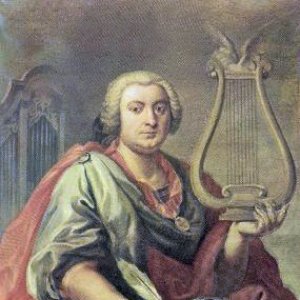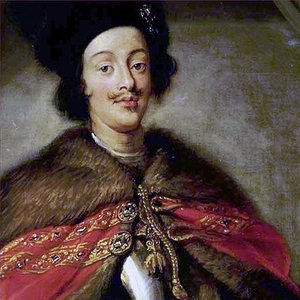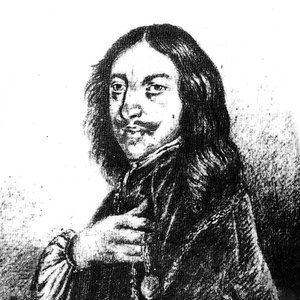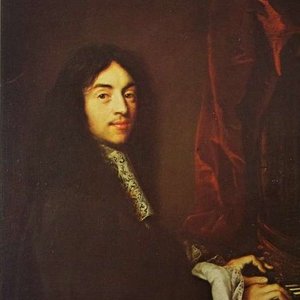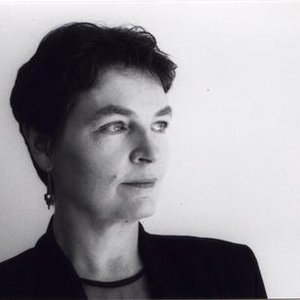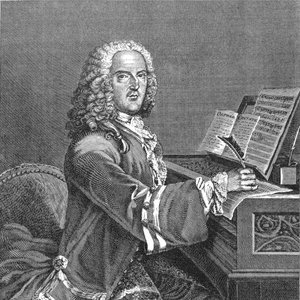Biography
Elisabeth-Claude Jacquet de la Guerre (1665-1729) was a French harpsichordist and composer.
She was born Elisabeth-Claude Jacquet on the 17th March 1665 in the parish of Saint-Louis-en-l'Ile, Paris, into an important family of musicians and masons. A child prodigy, she played the harpsichord before King Louis XIV at the age of five. At court she was noticed by Madame de Montespan, and was kept on in her entourage.
She married the organist Marin de La Guerre in 1684 and left the court. After her marriage she taught and gave concerts at home and throughout Paris, and gained much acclaim. A quotation from Titon du Tillet speaks of her "marvellous facility for playing preludes and fantasies off the cuff. Sometimes she improvises one or another for a whole half hour with tunes and harmonies of great variety and in quite the best possible taste, quite charming her listeners". (Le Parnasse Français, 1732)
Her first publication was her Premier Livre de Pièces de Clavessin, printed in 1687. It was one of the few collections of harpsichord pieces printed in France in the seventeenth century, along with those of Chambonnières, Lebègue, and d'Anglebert. On the 15th March 1694, the production of her opera Céphale et Procris at the Académie Royale de Musique was the first written by a woman in France. The next year she composed a set of trio sonatas which, with those of Marc-Antoine Charpentier, François Couperin, Jean-Féry Rebel, and Sébastien de Brossard, are among the earlist French examples of the sonata.
The next few years heralded the deaths of almost all of her near relations: her only son, mother, father, husband, and brother Nicolas, and were understandably not productive of music. 1707 saw the publication of Pièces de Clavecin qui peuvent se jouer sur le Viollon, a new set of harpsichord pieces, followed by six Sonates pour le Viollon et pour le Clavecin. These works are an early example of the new genre of accompanied harpsichord works, where the instrument is used in an obbligato role with the violin; Rameau's Pieces de Clavecin en Concerts are somewhat of the same type. The dedication of the 1707 work speaks of the continuing admiration and patronage of Louis XIV.
She returned to vocal composition with the publication of two books of Cantates françoises sur des sujets tirez de l'Ecriture in 1708 and 1711. Her last publication, fifteen years before her death, was a collection of secular Cantates Françoises (c. 1715). She died in Paris on the 27th June 1729.
Artist descriptions on Last.fm are editable by everyone. Feel free to contribute!
All user-contributed text on this page is available under the Creative Commons Attribution-ShareAlike License; additional terms may apply.

